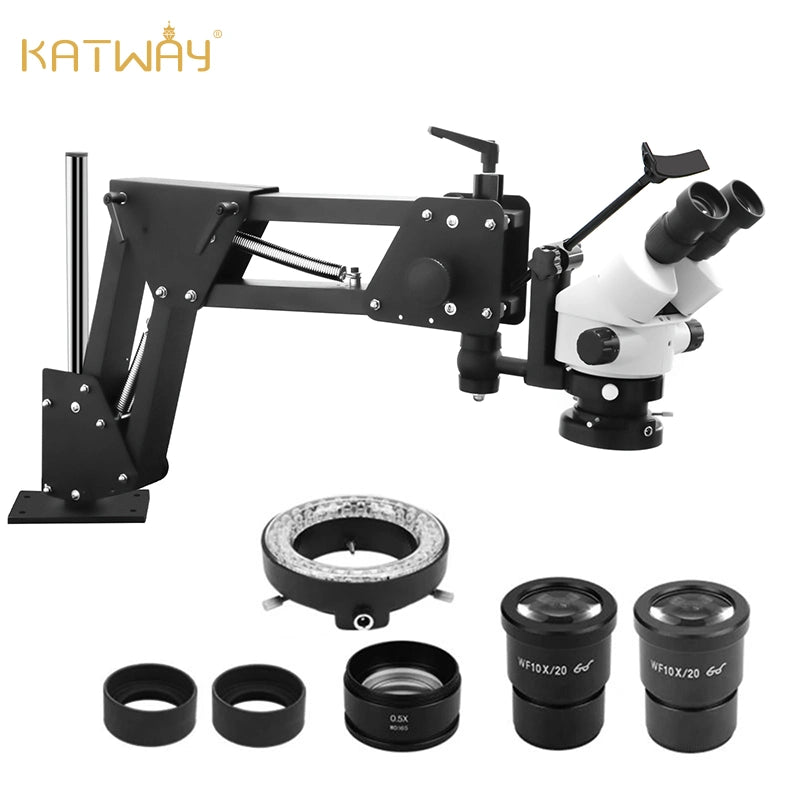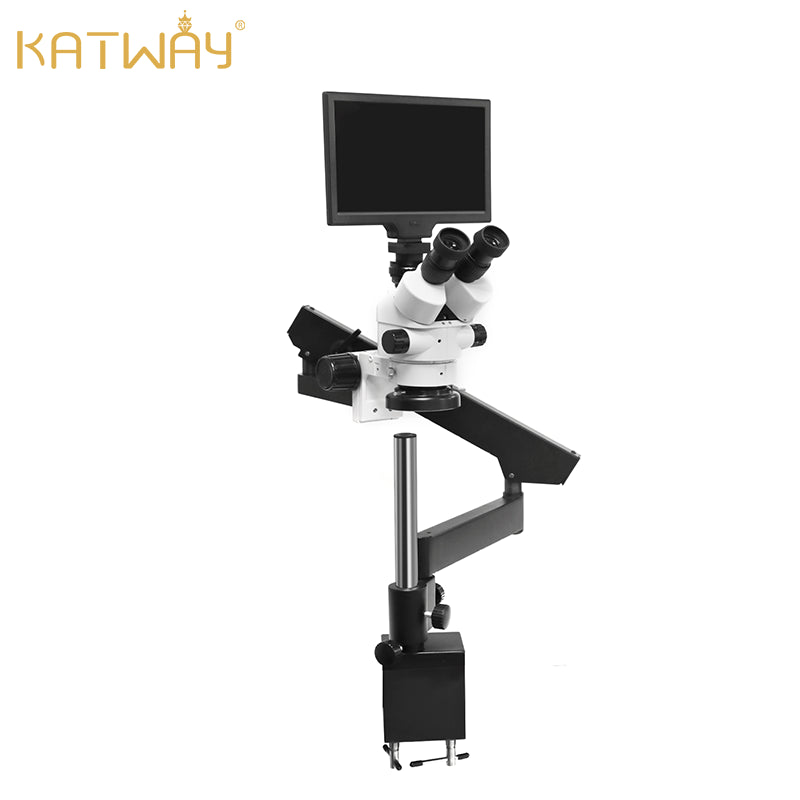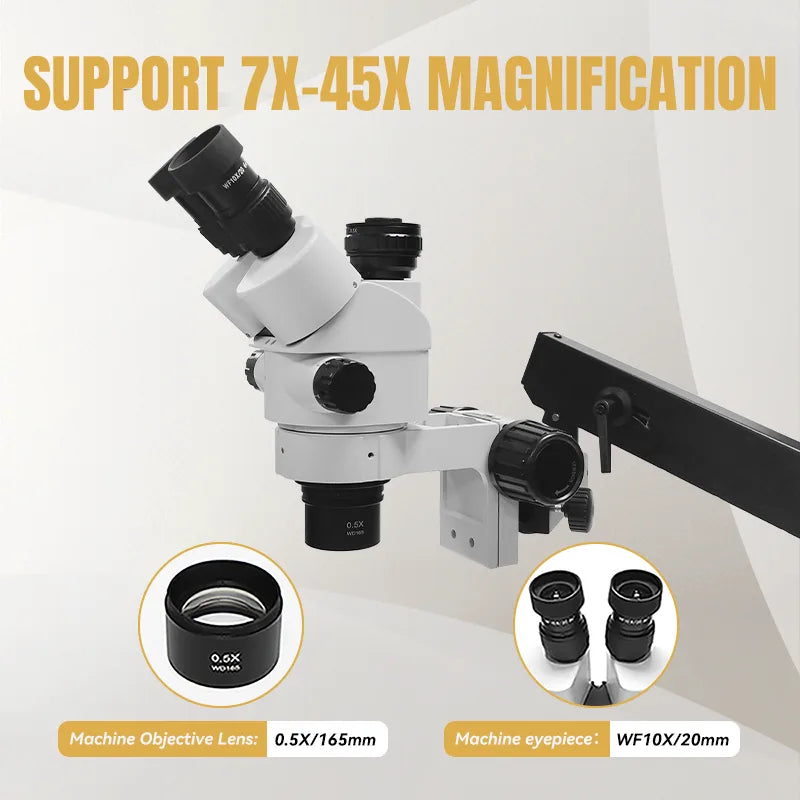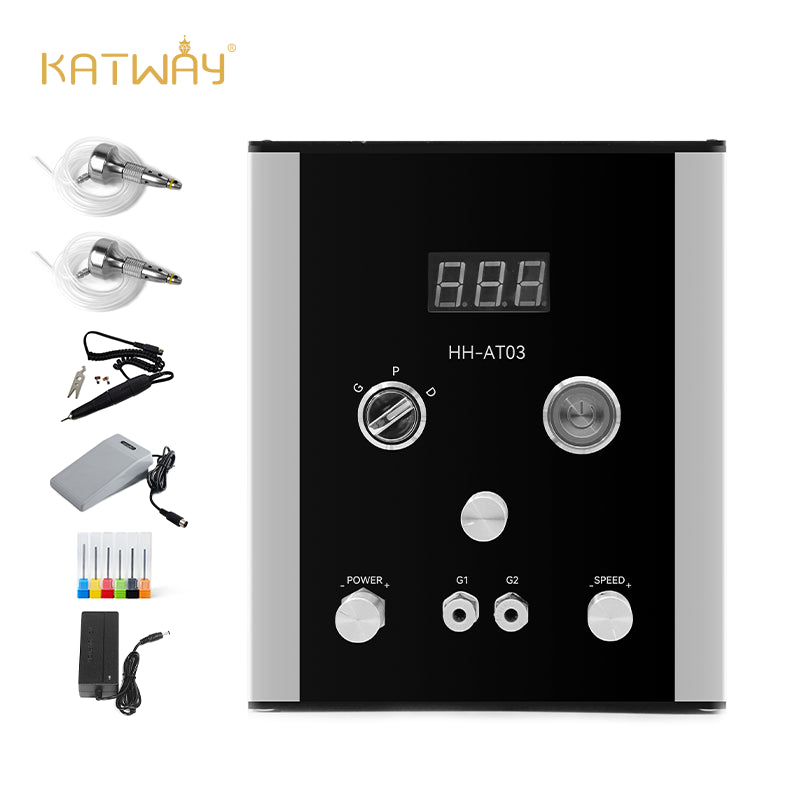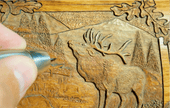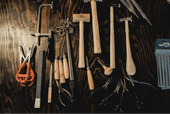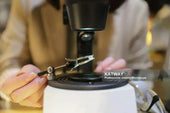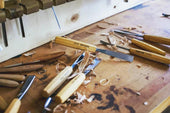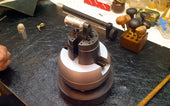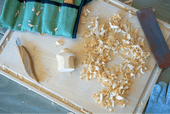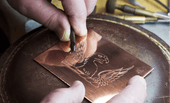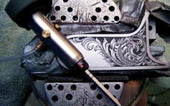How to use and maintain your rolling mill?
The rolling mill is one of the indispensable tools for almost all jewelry-related studios or individuals and workshops. The main function is to process and shape the metal blanks coming out of the furnace. The metal products can be adjusted into suitable shapes of plates, wires and various texture patterns. You can use it to use your imagination to create unlimited possibilities. Whether you are looking for a suitable rolling mill or are an experienced craftsman who has been using it for a long time, this article can provide you with some valuable experience for your reference. This article covers almost everything from unboxing the machine to daily maintenance during use, and also delves into some unusual usage methods to give you some jewelry-making ideas.
Placement and care
When the rolling mill arrives, the first thing to consider is the placement of the machine, and the second is the maintenance of the machine.
Since rolling mills are usually very heavy equipment, before unpacking the machine, you must first consider the appropriate location for the machine to be installed to ensure that your rolling mill can work properly. First, you need to find a high-quality table. Fix the machine firmly on the special rolling mill bracket. This is very important as it needs to be prevented from having any risk of rolling over and posing a threat to human safety.
After completing the above work, the rolling mill is usually lubricated, which is a very common way to protect steel tools. Carefully clean the drum with a grease dissolver and a lint-free cloth before you start using it. After the roller is cleaned, it can be used normally. In order to maintain good performance of the machine in the future, the drum needs to be lubricated and maintained regularly.

Versatile applications of rolling mills
In fact, in addition to the simplest and basic functions of rolling mill, there are many other uses that can be used in jewelry making. For example, you can expand its versatility through the following methods:
Material processing: Before using rolling mill, metal materials need to be processed before starting. The metal plate or wire must be annealed to ensure better ductility during the rolling mill process. After annealing is completed, clean the metal surface with pickling. After sufficient cleaning, rinse with detergent until it is completely dry.
Adjustment before rolling: Before starting to formally process the metal, first open the roller to a relatively large distance and then gently close it until it really touches the metal. Then you can reluctantly start to turn the handle to squeeze the metal. Of course, you need to Remember the position of the dial to facilitate subsequent operations.
Officially start rolling: push the metal material into the roller. Do not tighten the material and the machine too tightly. This will cause excessive pressure and damage the machine and the material. You can start the operation when you encounter resistance after turning the handle. It requires a lot of force to turn. Instructions for tightening. Too tight.
Repeat: Repeat the above steps after turning the metal material end to end. There is no need to adjust the distance between the rollers of the machine.
Thin material: Reduce the distance between the rollers, repeat the rolling of the material in reverse direction, until the metal material hardens, then anneal the material, and then continue rolling. until the metal reaches the desired thickness.
Note: Every time you roll, you need to flip it over and roll it again. The metal must be in a usable state, otherwise it needs to be annealed again before rolling.
Design patterns on materials
Pattern template: You need to prepare a pattern template that matches the metal material.
Treatment of metal materials: The metal materials also need to be annealed and softened so that the rolled pattern will be clearer. Of course, the metal material needs to be cleaned after annealing until the material is completely dry.
Set the roller height and rolling: After setting the roller height, stack the template and the metal material together, feed the rollers for rolling together, be careful not to tighten the rollers too tightly, and complete the end-to-end flipping. After repeated rolling A piece of beautiful metal printed with a template pattern is complete.
View more related articles
About the selection of work components for a jeweler’s workbench 01
Knowledge about gold plating materials and metal wires
Classification of engraving machines and industry differences



